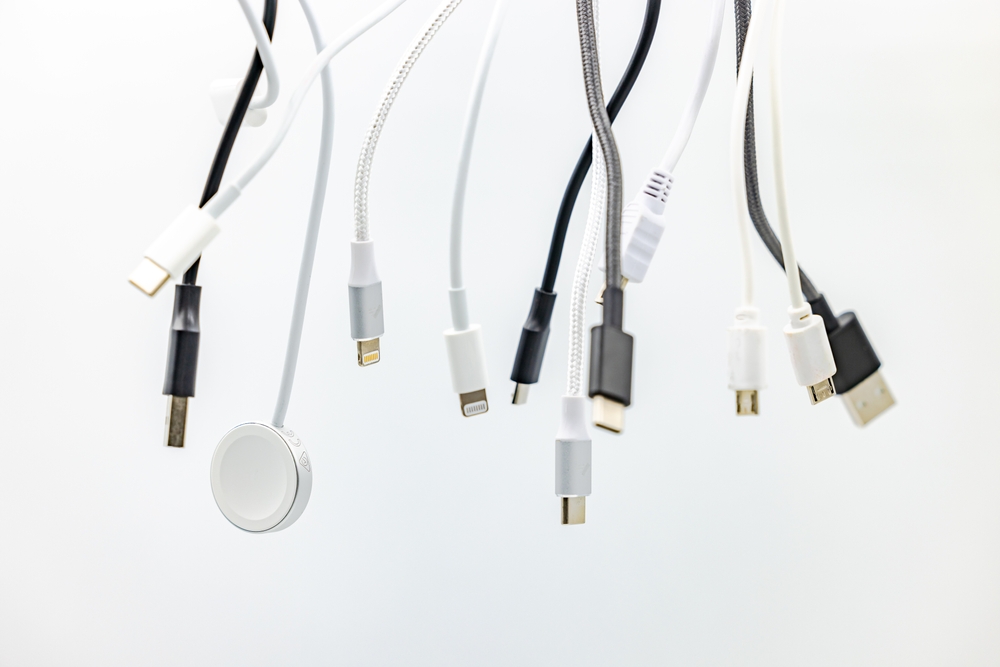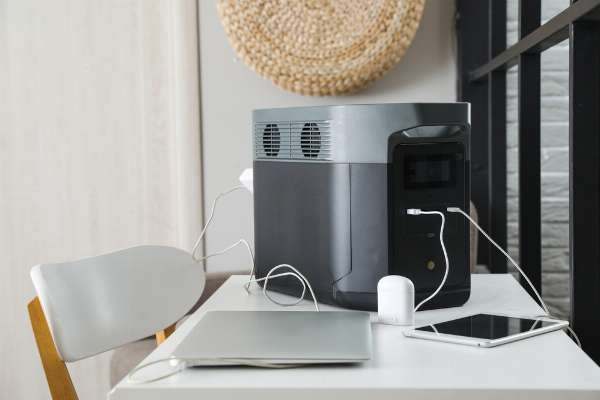No, these aren’t ghosts haunting your house — phantom energy is something already present in most households. What most people might not know is that it may also be the reason you see a spike in your electricity bills. It may not be visible to the human eye, but it’s still easier than you think to spot the sources of phantom energy. We’ll break down what phantom energy actually is, how it drains your devices (and your wallet), and what you can do to mitigate the costs.
What Is Phantom Energy?
Phantom energy is electricity that drains from devices that are plugged into an outlet, but are either on standby or not in use. TVs, refrigerators, phones, laptops, and tablets are examples of devices that can harbor phantom energy, since they require access to an outlet for power. Even if your TV is off or your fridge doors are closed, they still use power while you’re not actively using them. Phones and tablets that stay plugged into chargers also use energy, gradually keeping them fully charged. In general, anything that collects and stores energy around your house is likely to hold some standby energy and will continuously draw electricity from your power so that it’s ready for you when you need it.
How It Zaps Your Devices and Your Money

Turning off devices may help save battery power, but that doesn’t mean energy isn’t traveling between it and the nearest outlet. As long as it requires electricity and is plugged in, energy will still flow through the wires and into the nearest plugged device or appliance. Sure, you’ll be able to scroll through your phone for hours if it stays plugged in, but the constant energy streaming to your phone is extra energy being used — which leads to extra charges on your next electricity bill. This also applies when you’re watching cable TV and you step away from watching for a moment.
There are several reasons why you might need to keep a device or appliance fully charged. Fridges and freezers, for example, need a constant stream of electricity to keep the items inside of them cool. Alarm clocks need to stay plugged in so that they go off when the user needs them. Generally speaking, appliances or devices that don’t store energy on their own will need a consistent source of power to keep them functioning. Regardless of the reason, phantom energy is created whether or not the energy can be stored, and will unfortunately cause a rise in utility costs for you.
What to Unplug: Scaring the Phantom Energy Away

If you want to save costs on your energy bill, minimizing the amount of phantom energy in your house is an easy start. Unplugging devices when you’re not using them, especially for extended periods of time, will help keep the energy flow at bay. Not only that, but charging your devices only when necessary will also help preserve their life spans, and their batteries won’t drain as quickly while using them. We don’t recommend doing this for things like freezers or security cameras, as their functions require them to stay plugged in.
Here are a few things that you should consider unplugging when not in use:
- Chargers (including phone, computer, and other types of chargers)
- Infrequently used electronics (for example, a television in a guest room)
- Guitar amplifiers and other audio devices
- Video game systems
- Coffee makers
If you’re leaving town for a while, you may want to expand this list to include large appliances, garage door openers, smart home devices (especially those with always-on screens or microphones, such as digital assistant devices), and other frequently used devices. While these might be used too often to be worth unplugging every day, they’re worth disconnecting while you’re out of town.
Purchasing smart and energy-efficient appliances is another way to cut down on phantom energy emissions. Some appliances are made to be energy efficient, requiring less energy to stay running even while plugged in. Be on the lookout for alternative energy sources as well, since they can also help reduce overall energy consumption (and, by extension, phantom energy use) in your household. Energy-monitoring tools are also worth an investment, as they provide a more accurate measurement of how much energy is being used. With these tips and tricks combined, you’ll be able to reduce overall energy consumption and save money in the long run.


